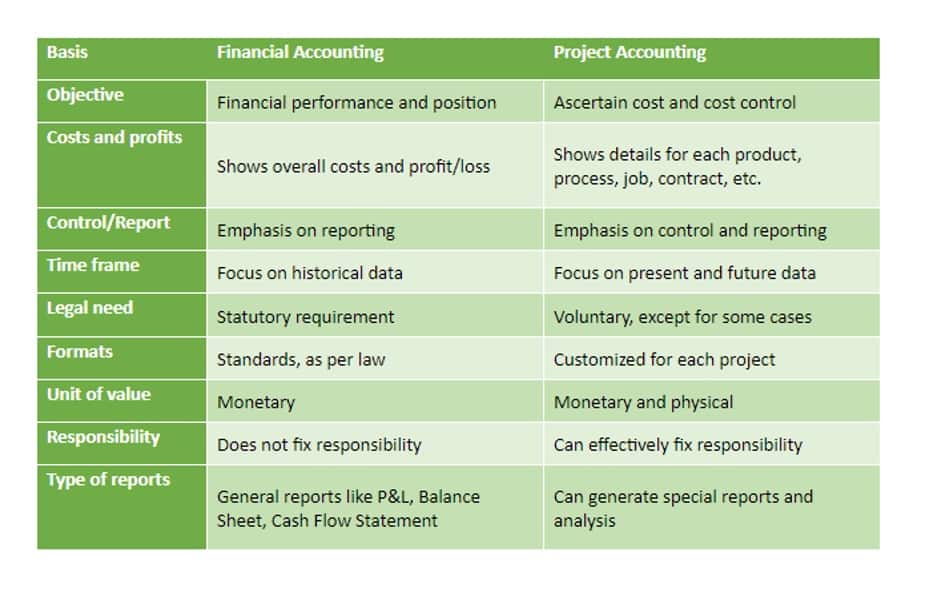The Statement of Retained Earnings: Accounting for Changes in Accumulated Profits

Nansel is a serial entrepreneur and financial expert with 7+ years as a business analyst. He has a liking for marketing which he regards as an important part of business statement of retained earnings success. He lives in Plateau State, Nigeria with his wife, Joyce, and daughter, Anael.
- Dividends are a direct reduction from retained earnings, as they represent the portion of profits returned to shareholders.
- These adjustments ensure that the retained earnings reflect the most accurate and fair view of the company’s financial position.
- Here’s where eyes tend to linger and decisions begin to form based on how the numbers play out.
- Revenue is the total income earned from sales before expenses, while retained earnings are the profits kept by the company after paying out dividends over time.
Open with the balance from the previous year
- Understanding these differences prevents confusion and leads to more informed financial planning and decision-making.
- The statement of retained earnings begins with the beginning balance of retained earnings and then subtracts any dividends that were paid out during the period.
- These programs are designed to assist small businesses with creating financial statements, including retained earnings.
- But it still keeps a good portion of its earnings to reinvest back into product development.
- The beginning equity balance is always listed on its own line followed by any adjustments that are made to retained earnings for prior period errors.
Consistency in this balance, as required by GAAP or IFRS, ensures transparent reporting. It provides a baseline for assessing how effectively a company has utilized its retained earnings. The statement of retained earnings is a crucial financial document that provides insights into how a company manages its profits. By detailing the changes in retained earnings over a period, it helps stakeholders understand the company’s approach to profit distribution, reinvestment, and long-term financial strategy.

Where Is Retained Earnings on a Balance Sheet?

It is calculated over a period (usually a couple of years) and assesses the change in stock price against the net earnings retained by the company. For an analyst, the absolute figure of retained earnings during a particular quarter or year may not provide any meaningful insight. Observing it over a period of time (for example, over five years) only indicates the trend of how much money a company is adding to retained earnings. It involves paying out a nominal amount of dividends and retaining a good portion of the earnings, which offers a win-win.
Example 1: Prioritizing Reinvestment for Growth

Extraordinary items, such as one-time gains or losses, can distort these figures, so analysts must carefully assess underlying profitability trends. Instead, https://www.bookstime.com/ they reallocate a portion of the RE to common stock and additional paid-in capital accounts. This allocation does not impact the overall size of the company’s balance sheet, but it does decrease the value of stocks per share.

Additionally, Accounts Receivable Outsourcing major events—like raising new capital, audits, or dividend payments—also require up-to-date retained earnings reporting. Next, add the net income for the period to the beginning retained earnings. If the company incurred a net loss, subtract the net loss from the beginning retained earnings.
